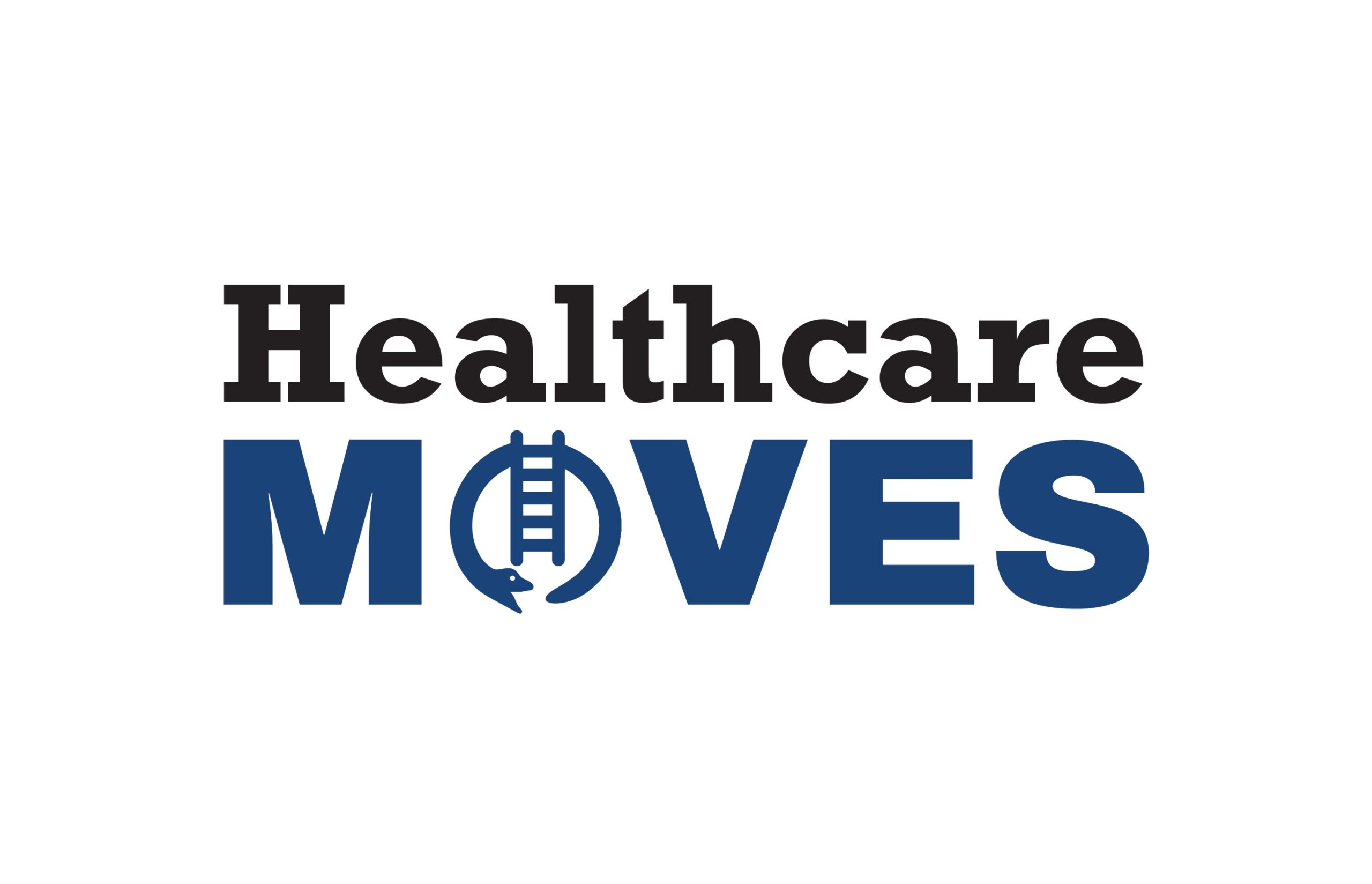COLUMBUS, Ohio — The Ohio Third Frontier program is likely to pay for itself by 2014 with income and sales taxes generated by organizations receiving its grants, according to an analysis led by business people on the program’s commissioner and adviser boards.
Third Frontier is the $1.6 billion, 10-year program to develop Ohio’s technology economy — largely with taxpayer money –  through industries including biomedical, which has received the largest number of grant dollars since the program’s start in 2002.
According to the recent analysis, during its first eight years, Third Frontier has:

With the Rise of AI, What IP Disputes in Healthcare Are Likely to Emerge?
Munck Wilson Mandala Partner Greg Howison shared his perspective on some of the legal ramifications around AI, IP, connected devices and the data they generate, in response to emailed questions.
- Attracted $3.2 billion in additional grants and investments with its $473 million in funded grants to researchers, centers of innovation, research institutions and companies in five industry clusters
- Created $440 million per year in product sales by funded companies, a number that is likely to climb to $900 million a year by 2013
- Will have created 56,000 mostly high-technology jobs by the end of 2009
- Yielded an average yearly return on investment of 22 percent
In addition, the program already has generated income and sales taxes that have paid back half of the money invested so far by taxpayers and investors, Richard Fearon, vice chairman, and chief financial and planning officer for Cleveland’s Eaton Corp., told fellow commissioners and advisers during an all-day meeting in Columbus on Thursday.
High-tech employment in Ohio grew significantly — and faster than in most Midwestern states — from 2004 through 2008, said Fearon. Employment growth in the five industry clusters targeted by Third Frontier — advanced and alternative energy, biomedical, advanced materials, instruments-controls-electronics, and advanced propulsion — has been “much faster” than U.S. employment growth.
Meanwhile, venture capital investment growth in Ohio has outpaced U.S. growth — 20.4 percent versus 8.6 percent — per year, on average, since 2003. And licensing income earned by Ohio research institutions more than doubled from 2002 through 2007, rising to $40 million from $16 million, Fearon said.
Fearon and some of his colleagues at Eaton worked with Mark Collar, chairman of the Third Frontier Advisory Board and a partner at Triathlon Medical Ventures, and Dorothy Baunach, special adviser to the Ohio Business Roundtable, to make a business case for Third Frontier, which will sunset in 2012.
Supporters already have begun a campaign to renew and expand the program, starting with a Ohio House resolution introduced three weeks ago. But almost since Third Frontier began, its impacts have been tough to measure. Traditional measures, such as companies and jobs created, don’t tell the whole story of Ohio’s most aggressive economic development program.
Earlier this year, the Ohio Department of Development, which staffs and supports Third Frontier, commissioned nonprofit research institute SRI International in Menlo Park, Calif., to study the economic impact of the program’s first seven years. Working with Georgia Institute of Technology’s Enterprise Innovation Institute, SRI estimated the program had a $6.6 billion economic impact on Ohio since 2002, generating 41,300 largely high-technology jobs and attracting $10 from federal grant makers and investors for every $1 invested by the state.
The business people on Third Frontier’s commission and advisory board undertook a study of their own, which was published as an Ohio Business Roundtable report. Both reports likely will be used by Third Frontier supporters as they ready for a state-wide vote in May 2010 on a $1 billion bond issue needed to extend the program.















